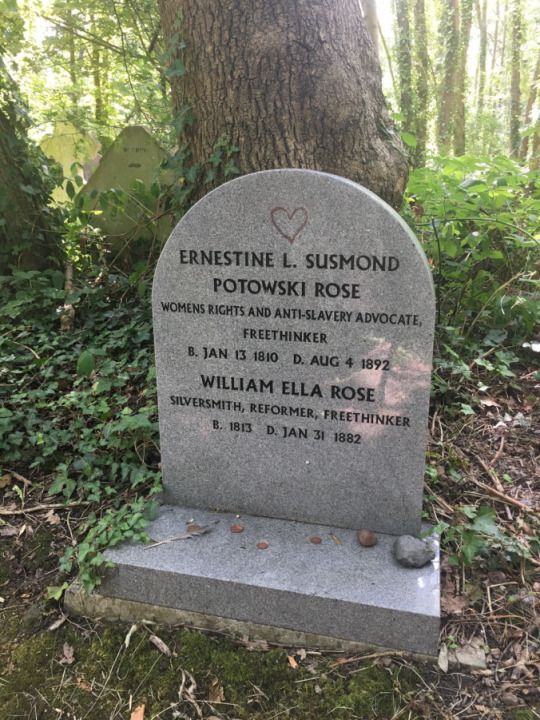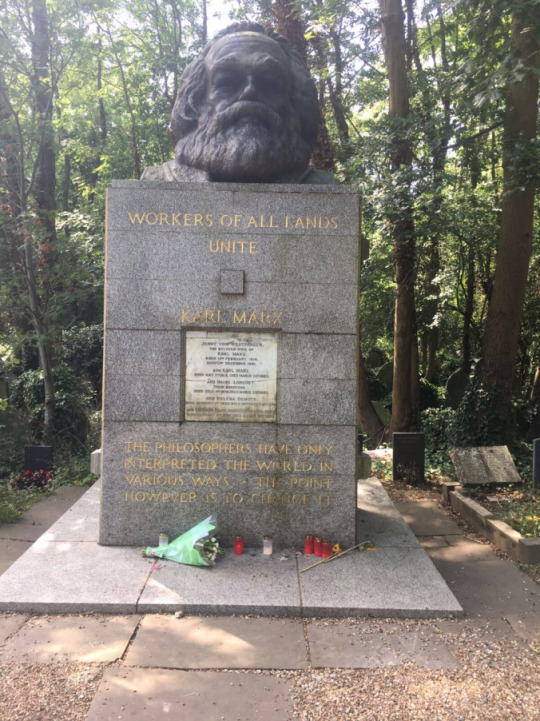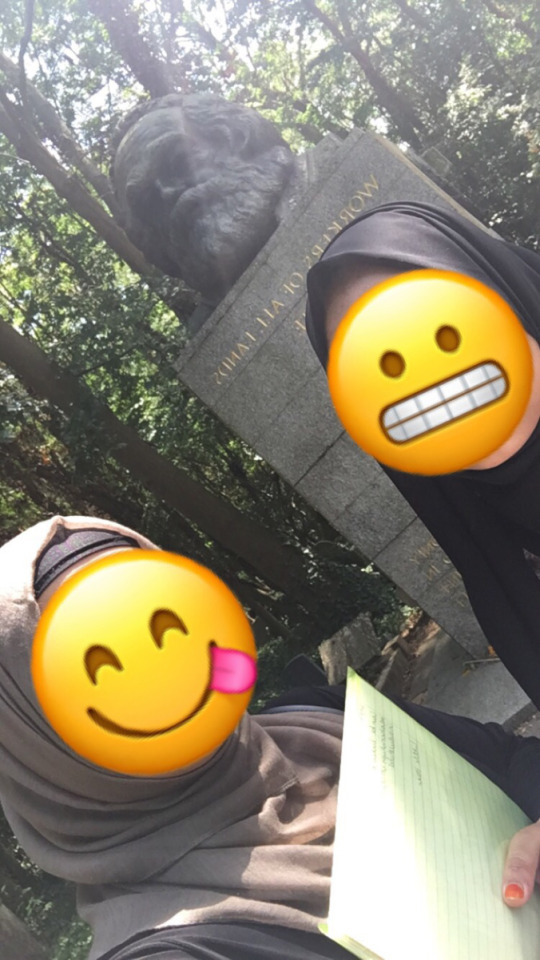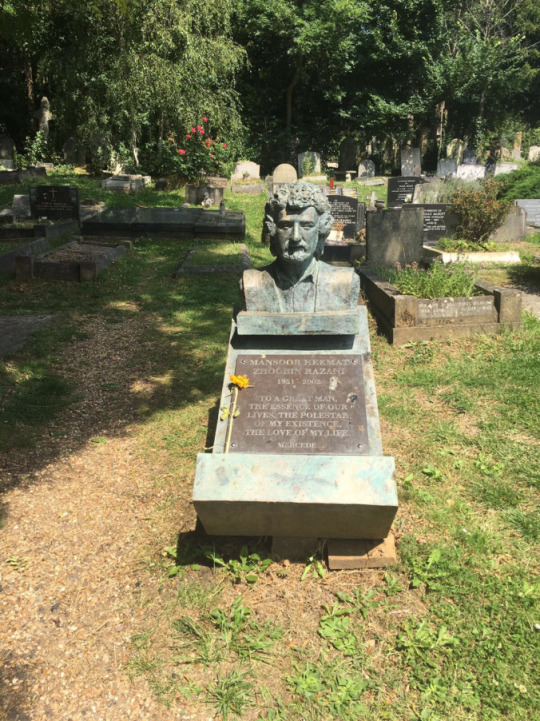Photo



I know I own too many notebooks but I just couldn’t resist this one with all those pretty flowers on it!! ☕️💐✨
1K notes
·
View notes
Text

『09.08.18』
Hello hello! So September is actually a really packed month with all really significant events and deadlines. I honestly can’t believe that I’m going to college next year ooof. Who else is applying for colleges?
「Quick tip: Make sure you’re getting enough hours of sleep and hydrate your body throughout the school year!」
🍫studygram🍫
623 notes
·
View notes
Photo




in the last three weeks I,
moved to amsterdam on my own (my first trip out of the country)
saw a bunch of cool stuff at museums (the rijksmuseum has free tickets for people under 18 i would highly recommend both the museum and he escape game)
tried a lot of cheese
did a lot of adult things that would’ve scared 2017!me
started university!
had my first psychology lecture and loved it
to everyone that is moving/has already moved away from home for university, being away from home might be hard at first but just remember to not coop yourself in your dorm all day because that will just lead to spiralling (trust me)
2K notes
·
View notes
Photo


Friday, 08.09.17 • 12:38 • in my bed room
Doing some research for an article that’s coming up for an online magazine some time soon (*nudge nudge wink wink*)! Tomorrow I’ll have a lot coming up, I’m going shopping with my dad and we’ll celebrate my step-sister’s birthday so that’ll be a fun day. School is starting soon and I’m not sure whether to feel excited or anxious
Listening to: Sun Tan - Wallows
49 notes
·
View notes
Text
Brompton Cemetery
Emmeline Pankhurst was the leader of the Suffragettes, and was a very significant person in the women’s suffrage movement. She founded the Women’s Franchise League which basically fought for married women to be able to vote within local elections. As well as this, she also founded the WSPU (Women’s Social and Political Union). This organisation was much more militant as they engaged in activities…
View On WordPress
0 notes
Photo

Minnie Lansbury I came across Minnie Lansbury's Clock Memorial when I was going into the shops, and did some reading into who she was.
0 notes
Text
Once Abida and I were given the places that were suggested to go for this blog both of us immediately wanted to visit the Highgate Cemetery because it was such a unusual place to go to, but it allows us to understand the work of historians. There are many people that I haven’t heard of before this trip and it allowed me to look further into the work of the dead; it’s really unfortunate on how unknown I was to the work of people who fought for everyone’s rights or how they exercised their freedom of speech (socialism & liberalism).
However it was not the journey that we had imagined. Visiting Highgate Cemetery was an aggravating task, we traveled on a packed train during peak time in the blazing weather. Travelling with the a busy train whilst everyone is going to work is hardly ideal, we barely had personal space and stood with people both in front and behind us and I’m talking about an hour’s journey.
That’s not all. Once we got off at Moorgate we sat at the platform to get onto the Northern line to Archway for twenty mins, to be told that during peak time they don’t have trains which reach the location of Archway.
When we reached the area Highgate we were confused on which way to go as our journey had been disrupted and this led to a white old woman to come forward without asking for help. Don’t get angry at me for writing her race down (as it’s a barrier which divides humanity) because both Abida and I were stunned and delighted as in London people are generally closed off and especially with the fact that there wasn’t anyone wearing hijab’s but me and Abida. In this area it made it more intimidating for both of us as people would stop and stare, it just goes to show that we shouldn’t put ourselves in a box.
Claudia Jones:
On the 4th of July (Independence Day) I was invited to go to a taster course on the revolution and social transformation of the Americans. During this visit I learnt a tremendous amount of facts about Claudia Jones.
Claudia Jones was a communist activist who looked into the aspects of gender, race and class. She worked as a journalist and she wrote about inequalities faced by females and black people, which actually led to the FBI to keep her under surveillance and she ended up getting convicted under the Smith Act. Despite the fact that there was barely any evidence to convict her, she was still convicted because she showed signs of ‘aggression’ and ‘oppression’ as she wanted black women to work with the highest level of authority. She was known as the ‘mother of the Notting Hill Carnival’ (one of the biggest carnivals in the whole world).
Just imagine how much her work had an impact but yet again many people don’t know of her (I hold my hands up, this was me before but now I’m aware of her because I was taught). It has been claimed that the work of this individual was more progressive in the sense of ideology communism than Karl Marx but yet again Karl Marx is a much more well-known figure. Furthermore, something that stuns me was that fact that her grave is in the shadow of Karl Marx. During our visit I realised how many people stood to take pictures with Karl Marx grave but was completely oblivious with the fact that someone who did the same amount of work or perhaps more was not recognised in the slightest bit. I do believe that she’s not as famous or known as Karl Marx because of the colour of her skin and her gender which is appalling to say.

Ernestine Louise Rose:
Ernestine Louise Rose was a freethinker (someone who rejects accepted opinions), a feminist and an abolitionist (anti-slavery advocate). She was a very important figure behind the women’s rights movement in America during the 19th century as she strongly opposed the law of the day that deprived women of rights (e.g. to vote and married women’s rights to control property) and she wished to change this situation. She was a member of the National Women’s Rights Convention and was elected as the president of it in 1854. Rose was an incredibly active campaigner, more than 30 years to be specific which shows her full commitment to the cause of women’s rights.
Not only did she believe in women’s rights to vote, but she also strongly believed in abolishing slavery. The fact that she was Jewish and she was very upfront about her atheism was controversial but this didn’t stop her from travelling to South America and delivering speeches and speaking about how she truly believed in the abolition of slavery.
Here is a link to an excerpt of Rose’ speech at the Women’s Rights Convention Worcester, Massachusetts in October 15, 1851. It is powerful.
http://www.womeninworldhistory.com/WR-09.html

Karl Marx:
Karl Marx was a huge influence on the sociological aspects as his work was the main frame of Marxism. He came from a well off background with his father being a successful lawyer. Marx was a really opinionated male who went off the university to study Hegelian philosophy but ended up rejecting it and not believing in the content taught. Hegelian philosophy is known to be about how logical issues can be categorised. To have studied a degree that he completely disbelieves, shows that he has the capacity to be critical and not stray from his beliefs which is admirable.
Marx claimed that land and property should be abolished, income tax should be based on a person’s income, and all rights of inheritance should be abolished, centralisation of all means, and free education of all children these are all reinforced in Marxism. The idea how in a Capitalist society, the Bourgeoisie exploits the Proletariat’s by the typical norms and values of society. For example, schools reinforce hierarchy which will be reinforced in a Capitalist society, starting from a young age means people won’t question the norm. Also, Marxism argues that the middle class values are forced upon the working class. For example, consumerism which makes the poor poorer. When visiting Karl Barth’s grave it’s a monument you can’t miss, the sizing of his grave stone compared to other grave stones surrounding him do not compare.
Many people stopped to take professional pictures with a huge camera lens’. Don’t get me wrong the work of Karl Marx stuns me but I sympathise with others as their work is not appreciated as much and is soon or yet to be forgotten. Furthermore, I was actually stunned with how close people got to the grave and step on it like it wasn’t seen as a grave but a tourist attraction but yet again a grave stone that heavy it would barely make a difference. I mean it you should of seen how big the head was.


Yusuf Dadoo:
Dr. Yusuf Mohamed Dadoo had a huge role in National Liberation, Socialism and the world peace community. His work was based on trying to persuade the Indian community to integrate with the African. For example, he took a tour of Africa in order to set a peace committee. Just imagine an Indian man travelling through a majority black community where racism still held between all different races, he traveled to Kenya, Tunisia, Algeria and Ghana to keep the peace. The policy of segregation from the white government meant that at a young age Dadoo traveled massive amounts to get to school. The fact that his childhood was affected by this lack of integration, Dadoo felt the need to fight for integration and minority rights, for example he helped raise support for the all Indian National Congress and fought against British colonialism. It came to a point where he was arrested for protecting for integration and against the Simon Commission (the role of the Simon Commission was to give an account of how the Indian constitution was working but he failed to have Indian representatives -1927). He was a founder and leader of the Non- European United Front and of Communist Party and carried on non-violent passive movement just as Ghandi did.

Manzoor Hekmat:
Manzoor Hekmat fought for Iranian Marxism in refugee and believed in the possibility of a workers’ revolution in Iran and across the Arab world. His intention was to make Marxism compatible with the Iran community.

Some other important graves we came across were:
Herbert Spencer
Corin Redgrave
Phillip Gould
Highgate Cemetery (Archway) Once Abida and I were given the places that were suggested to go for this blog both of us immediately wanted to visit the Highgate Cemetery because it was such a unusual place to go to, but it allows us to understand the work of historians.
0 notes
Text
Courts in London
A court involves a body of people, where a Judge presides over it to bring about law, order as well as justice. *Que all – actually some – of my knowledge from being an A Level Law student* There are different courts where different types of cases are heard and I won’t go too much into it, but I will give you a little bit of an insight. There are Magistrates’ Courts, where the least serious…
View On WordPress
0 notes
Text
Whitehall Cenotaph
Cenotaph means ’empty tomb’ in Greek, and a monument to a dead person whose remains are somewhere else. It was unveiled by his majesty King George V in 1920, and this memorial is dedicated to those who lost their lives in the First World War but do not have a known grave. The tomb has no names assigned to it, so it’s a broader memorial for everyone, and individuals can attach their own meaning to…
View On WordPress
0 notes
Link
My friend and I are writing a blog in preparation for A2 politics. Check it out if you want, it’d mean a lot!
#student#politics#a level#a levels#organised student#as level#government and politics#fun#blog#blogger#blog post#ucas#personal statement#politics studyblr#politics student#revision#studyspo#study#link#edexcel#a level politics
0 notes
Text
Rokeby Venus
This is a painting by Diego Velazquez which is location in the National Portrait Gallery, was slashed by Mary Richardson in 1914. She took 5-7 slashes at the painting with a meat cleaver that she hid in her bag. Afterwards, Mary explained her actions, by saying
“I have tried to destroy the picture of the most beautiful woman in mythological history as a protest against the Government destroying Mrs Pankhurst, who is the most beautiful character in modern history. Justice is an element of beauty as much as colour and outline on canvas…”
To this day, if you look closely enough, you can still faintly see the bits that Mary slashed. Mary was imprisoned for 6 months and also later stated that she hated the way visitors “gaped at the painting all day long”.
National Portrait Gallery Rokeby Venus This is a painting by Diego Velazquez which is location in the National Portrait Gallery, was slashed by Mary Richardson in 1914.
0 notes
Text
Houses of Parliament

The Suffragettes would often come outside of Parliament in hope that they would be able to deliver a petition to the Prime Minister of the time. A lot of their protests and demonstrations took place outside the Houses of Parliament, one notable demonstration included the one in 1910 on Black Friday. 200 (possibly more) suffragists were assaulted because they tried to run past from police…
View On WordPress
0 notes
Photo

Women’s Walks App Review – LSE Library The Women's Walk App is a extremely useful app in the sense of how the app plans journeys for us to these historical locations.
0 notes
Photo

Caxton Hall In 1907, the WSPU (Women's Social and Political Union) founded a Women's Parliament at this hall, and they'd meet up here at the beginning of each Parliamentary session, before marching to the actual Houses of Parliament.
0 notes




